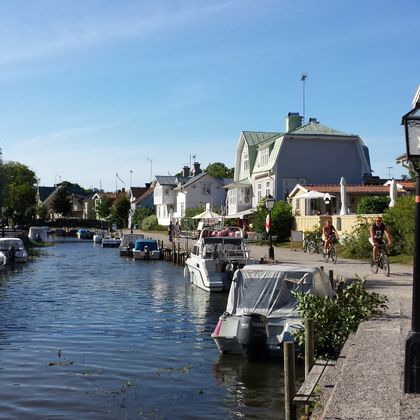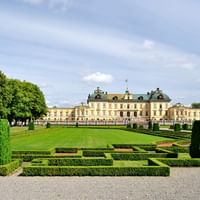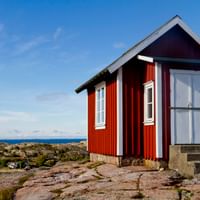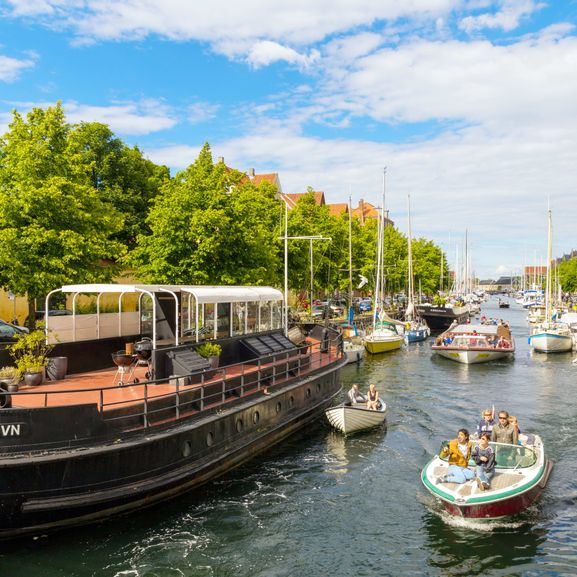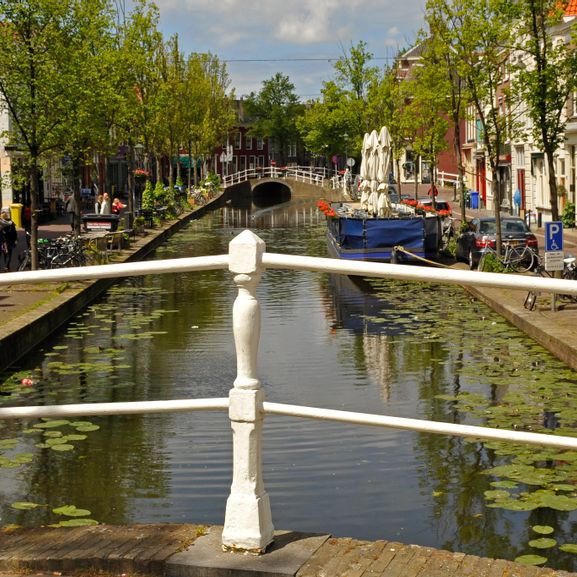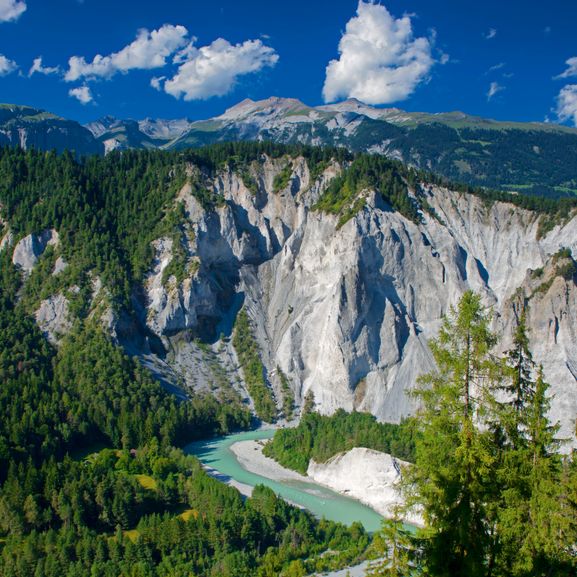Nordic coasts, lakes and castles
Cycling tours in Sweden
Anyone who longs for intact nature and outdoor activities is definitely in the right place here! Experience Sweden from its most beautiful side. Look forward to unusual bathhouses. Most are located on the coast, but you can also find them on rivers and lakes. Stilts carry the buildings with sauna, changing rooms, terrace and ladder into the water. So nothing like the Swedish holiday pleasure.
Hjärtligt välkomna to cycling in Sweden!
Welcome to Sweden! You will cycle on well-maintained and signposted Swedish cycling routes such as Kattegattleden, Sweden's first national cycling route, or on well-signposted cycle or gravel and forest paths as well as low-traffic secondary roads through flat to slightly hilly terrain.

Swedish castles and old towns
Sweden's capital Stockholm, also known as the Venice of the North and Capital of Scandinavia, stretches across 14 islands and 53 bridges. It’s pulsing, the Swedish capital is “in”. Especially the old town island Gamla Stan is the destination of many tourists. In front of and in the city, the archipelagos are in the evening sun, a child is rocking on a small island, forgetting himself, father and son are fishing. This is called Skärgårdsliv, and means the pleasurable life in the archipelago in the warmer months.
With 600 rooms, the Stockholm Palace is one of the largest in Europe and is located right in the centre of the city. Drottningholm Castle, in the French Baroque style with a symmetrical façade and a castle garden, is located a little outside on the small island of Lovön. The Wasaburg Gripsholm is located on Lake Mälaren in Mariefred. Visit the rooms from the time of the Wasak kings and one of the best preserved theatres in Europe from the 18th century, as well as the state portrait collection.
Helsingborg is also old and new, chic and a bit old. The old town is not to be understood as dilapidated, but as a top renovated old town, where you can stroll wonderfully, as well as along the modern lake promenade. In the Storgatan are some well-preserved houses such as Jakob Hansens Hus (red with half-timbered) and a piece up the street the St. Mary's Church in the style of Danish brick Gothic from the 14th century. From the 34-metre-high Kärnan, the only remaining remnant of the former castle, you can see far over the Öresund and the city.
Gothenburg, Sweden’s second largest city, has been awarded the title of “most sustainable city in the world” for six years in a row. Stroll along the cobblestone streets of the Haga district, the many bridges that cross the canals, the magnificent Kungsportsavenyn road and the Liseberg with its amusement park.

Swedish Pop Culture, Literature and the Right of Everyone
Bullerbü romance, Pippi Longstocking and Michel from Lönneberga. Swedish literature by Selma Lagerlöf and Astrid Lindgren is at home in our minds, but also Swedish pop culture, such as ABBA, Roxette and Mando Diao. Swedish cultural exports are gigantic, which we are often unaware of. If you want to, IKEA is one of them. And you end up at the Swedish bathhouses standing on stilts on the coast or at rivers and lakes. Try them out! The right of everyone, "allemannsrätt", is the right to move freely in nature and is also part of Swedish culture.

Food
Dozens of stalls offer Pølser, red-coloured cooked pork sausages, apparently a national passion. From the appearance they pass as Viennese sausages, the bun is soft and sweet. The dark Swedish bread also tastes sweet, the butter is salty. “Hagabullen”, cinnamon snails, must be tasted at least once. Maybe during the Fika, which in Sweden is just part of it: the coffee break. There is also a world-class craft beer scene and famous seafood restaurants, as well as Sweden's food scene attracts international attention. The Swedish national dish is the Kötbullar (i. e. Schöttbüllar), minced meatballs, usually served in a creamy cream sauce and mashed potatoes, although they are actually from Turkey. They are said to date back to the Turkish Köfte, whom Charles XII, King of Sweden, met in exile in the Ottoman Empire in the 18th century.

Forests, lakes and boulders
More than two-thirds of Sweden is covered by forests, mostly conifers such as spruce and pine, but deciduous trees are also found in the southern part of the country. They are home to moose, red deer and deer. The country has 100,000 lakes with incredible fish richness, 3,218 kilometers of coastline, over 200,000 islands and 30 national parks. During the midnight sun in June, the sun does not set at night either. In winter, the northern lights show up. Interesting are also the millions of boulders left behind from the ice age. Some of them are as big as houses and spread all over Sweden.

